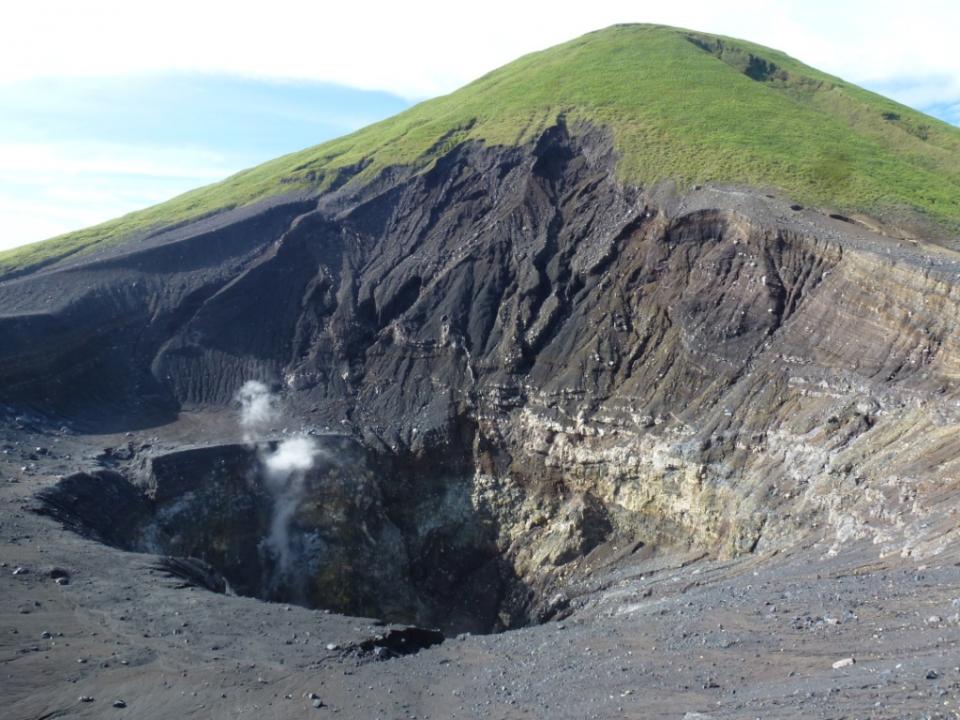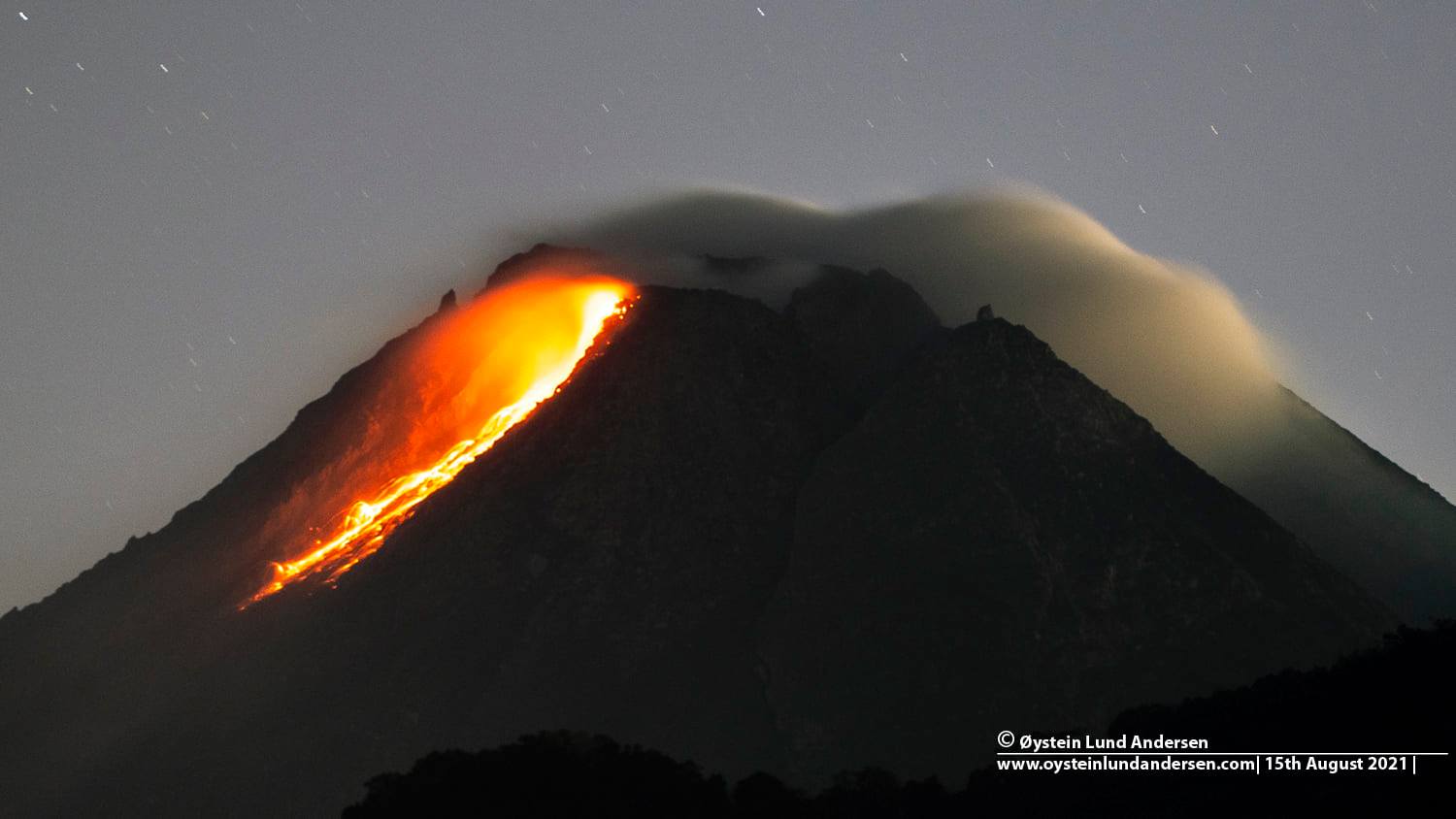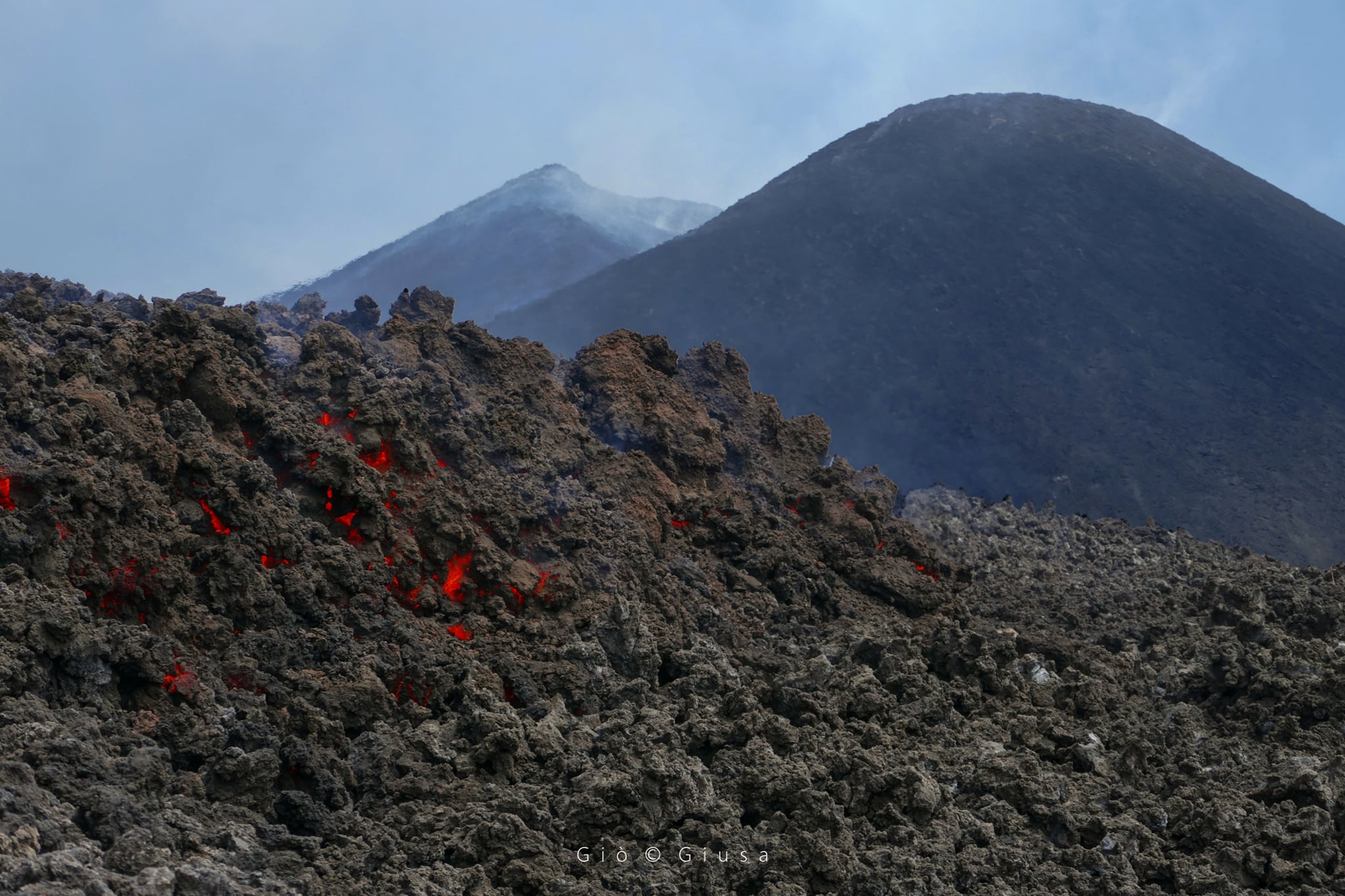August 23 , 2021. EN. Italy : Stromboli , Russia / Northern Kurils : Chirinkotan , Indonesia : Ili Lewotolok , Ecuador : Reventador , Indonesia : Lokon-Empung , Costa Rica : Turrialba / Poas .
August 23 , 2021. Italy , Stromboli : During this break, very welcome in the activity of Etna, the Stromboli continues to do its usual activity, which consists…




